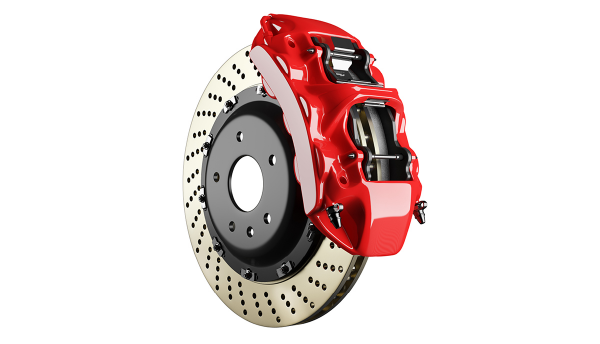
Vehicle and component manufacturers are finding it difficult to meet the ever-rising global demand for automatic braking systems, with a number of issues cropping up with the emerging technology recently. Last week saw the announcement that U.S. regulators are investigating whether a General Motors car’s automatic-braking system kicked in unexpectedly at 40 miles per hour, causing a crash. Automatic braking systems represent the first in a series of emerging technologies that are pushing the automotive industry towards fully autonomous driving.
The U.S. National Highway Traffic Safety Administration (NHTSA) is looking into a specific incident to determine if the system unexpectedly deployed at 40 miles per hour, causing a crash. The Impala owner experienced multiple events at different locations and in various road conditions, the agency said.
Automatic braking systems rely on cameras and radar to detect cars up ahead and to slow or stop a car before a collision. In January of this year, the NHTSA issued rules mandating standard backup cameras by May 2018. The final rule requires that all such vehicles, including buses and trucks, manufactured on or after 1 May 2018 come equipped with rear-visibility technology that expands the driver's field of view behind the vehicle to reduce the risk of death and injury resulting from back-over incidents.
Other issues
The recall isn’t the only issue that has cropped up around automatic brakes recently. Fuji Heavy Industries (FHI), manufacturer of Subaru-brand vehicles, said recently that it would postpone the introduction of its new Levorg sport-touring model until 20 June owing to a delay in sourcing cameras and other parts needed for the vehicle's automatic collision-avoidance braking system, EyeSight.
FHI began accepting Levorg orders in January, and more than 90% of the orders it has so far received are for the EyeSight-equipped models. Likewise, about 90% of buyers of Toyota's Crown Majesta high-end sedan released last year opted for a similar pre-crash brake assist technology developed by the automaker. Nissan's Skyline luxury sports sedan, which was launched in Japan in February, is equipped with a predictive forward collision warning function. Nissan installs a similar emergency braking system on its X-Trail sport utility vehicle (SUV), and 65% of all X-Trail orders have been for the variant with enhanced safety features.
Automatic braking systems usually rely on one of three technologies: a built-in camera system like the one used in the EyeSight system; a millimeter-wave radar system; or an infrared laser that has a cost advantage over the other two systems. Some of Mercedes-Benz's high-end models come with all three of these technologies. European suppliers, which have an edge in the commercial production of parts used in automatic braking systems, are now increasingly collaborating with Japanese automakers, which are seeking to bring more automatic-braking vehicles to the market. Advances made in automatic braking technologies are certain to spur the development of self-driving cars, something that major global automakers hope to commercialise by around 2020.
US component manufacturer TRW Automotive plans to increase the number of engineers it has in Japan by 50% to 150 over the next three years, as it collaborates with a Japanese automaker in developing parts for self-driving vehicles. The company is also supplying electric parking brakes for Nissan's X-Trail and Honda's Vezel compact SUV.
Bosch meanwhile plans to boost sales of its drive-assist technologies and sensor-based self-parking system to Japanese automakers as it prepares to start commercial production of built-in cameras overseas from the end of this year.
With more and more consumers viewing automatic braking systems as a prerequisite when choosing a car, there has been a race among automakers globally to improve their vehicles' safety by increasingly employing automated functions – an initiative encouraged by persistently declining prices of components such as image processors, which have plunged by 75% compared with just two years ago.








